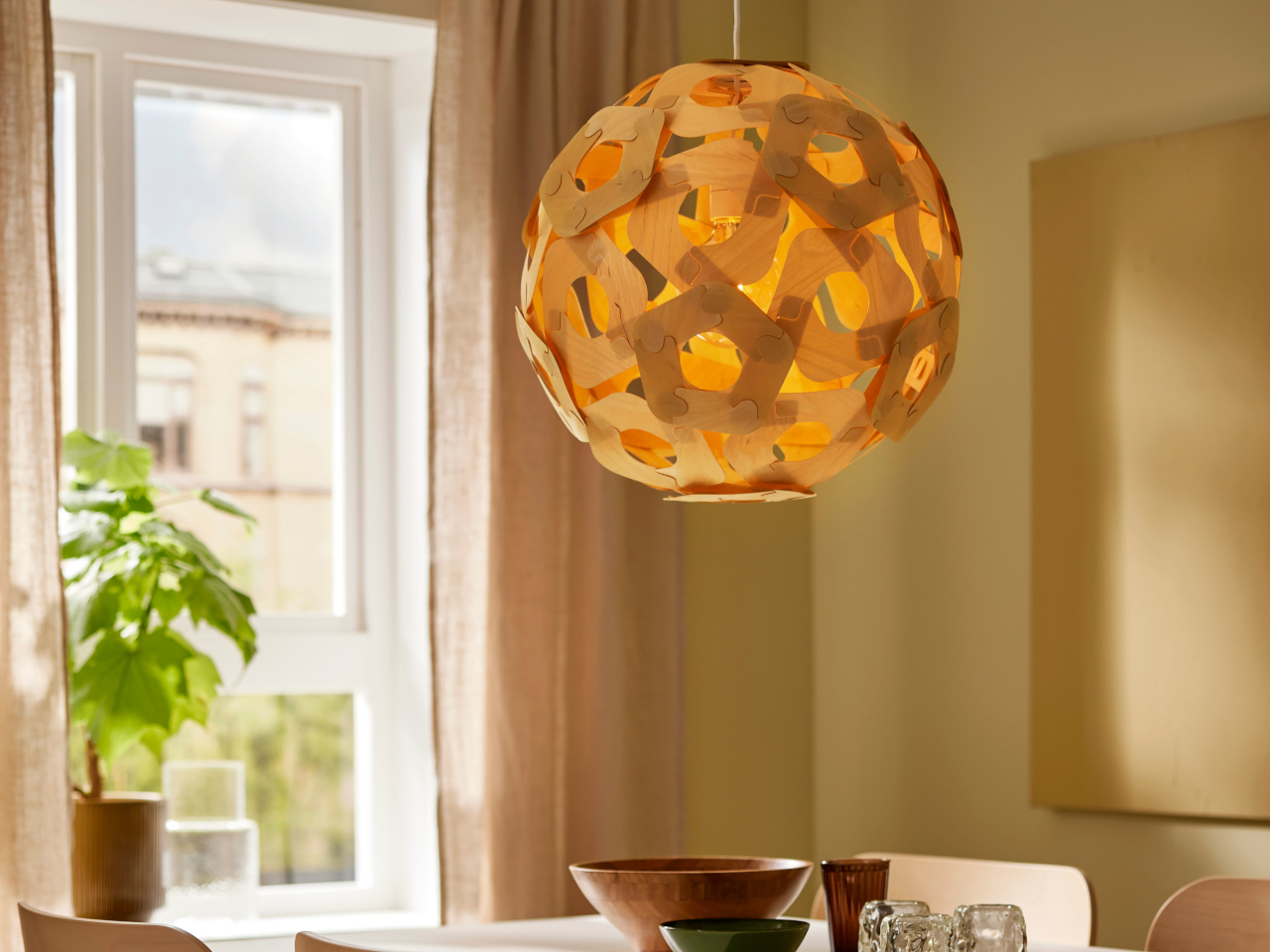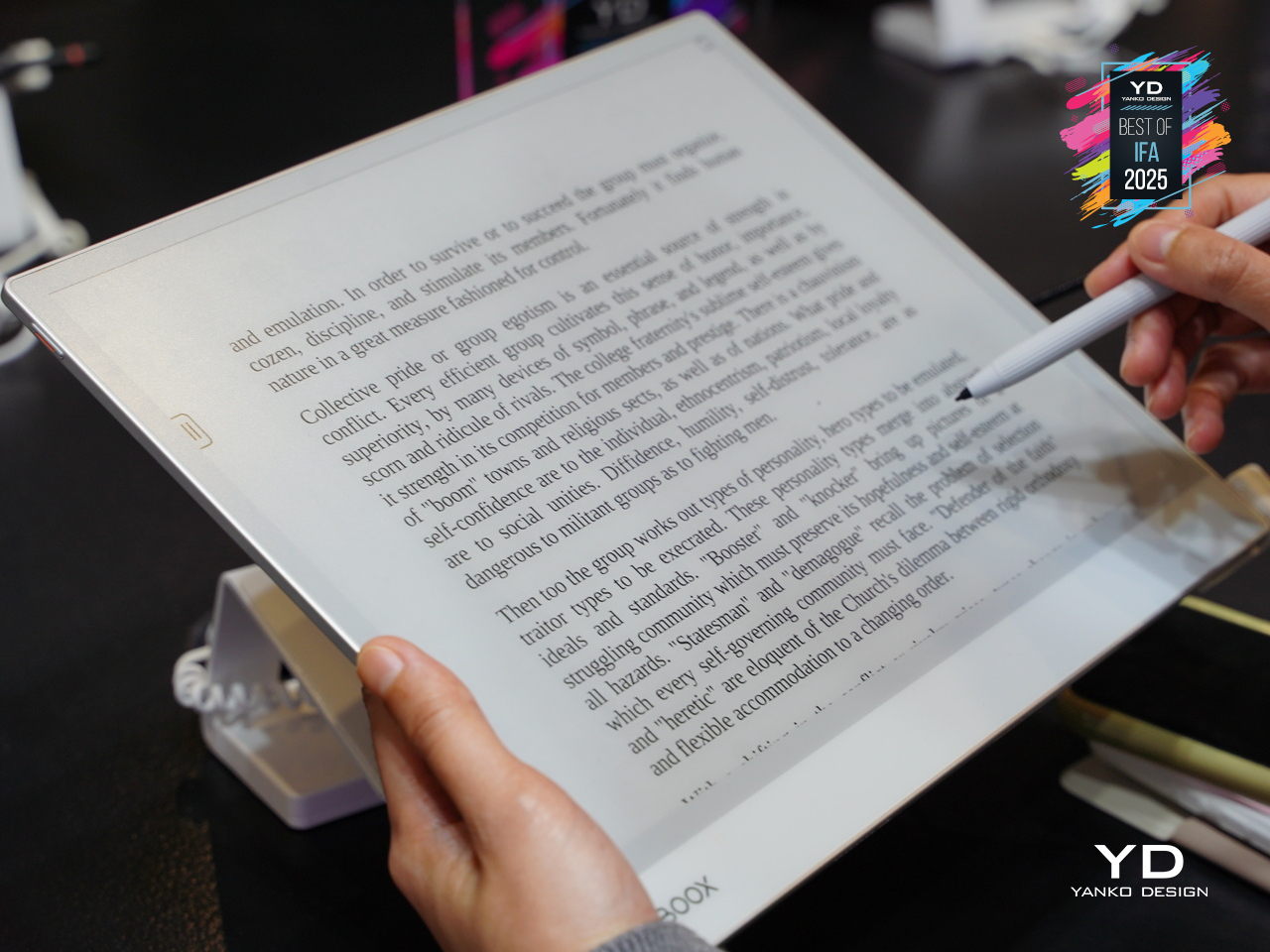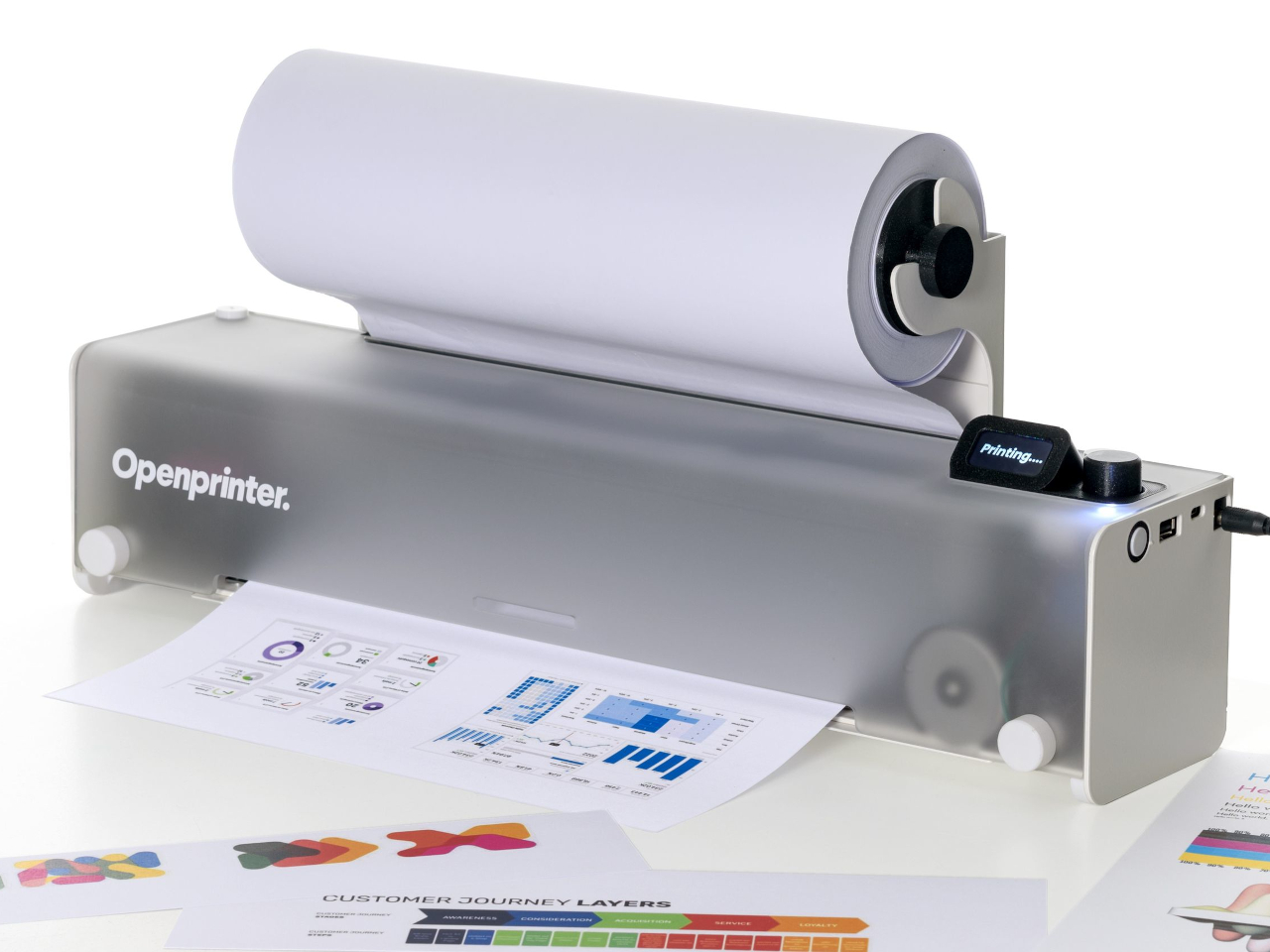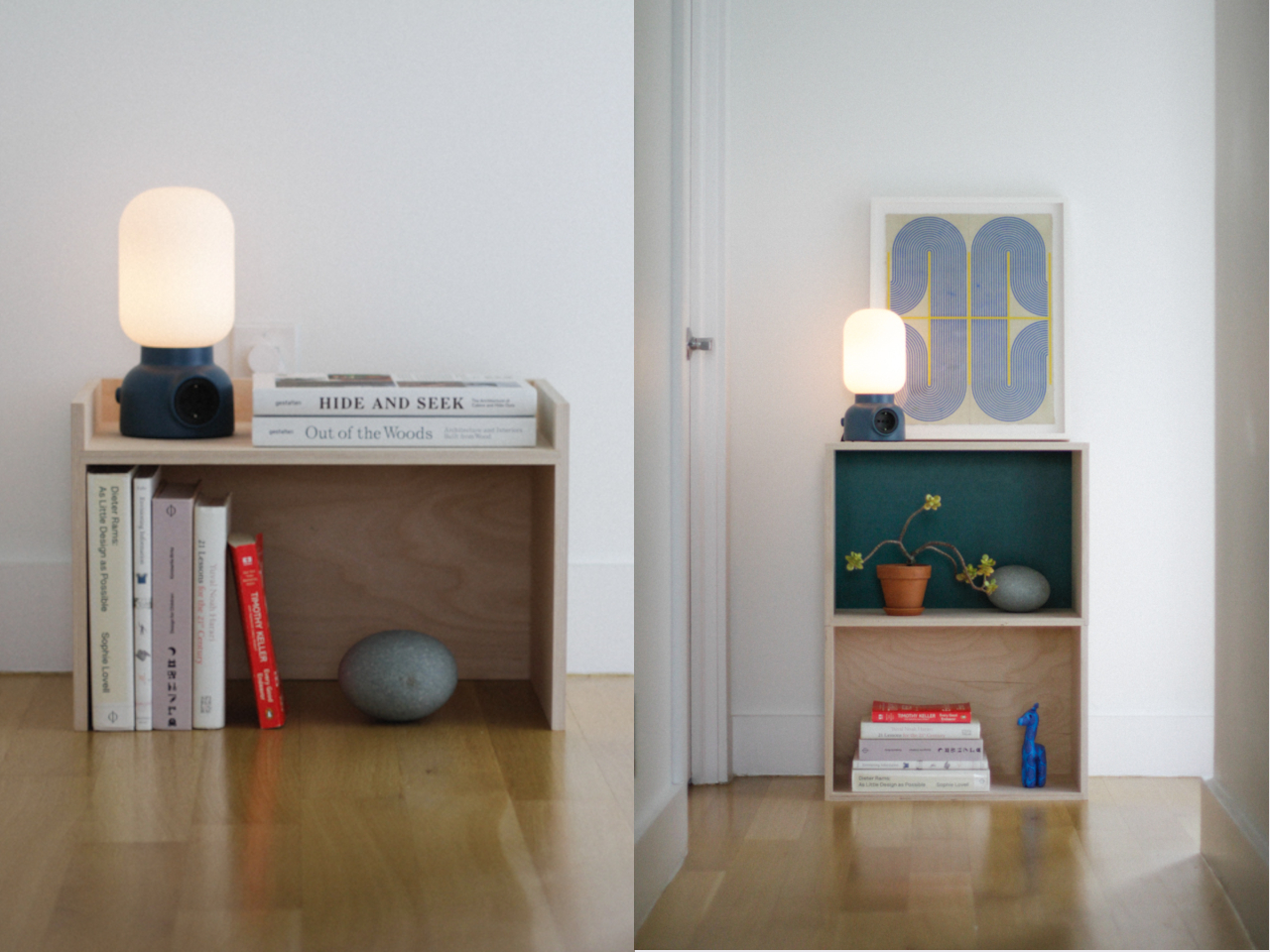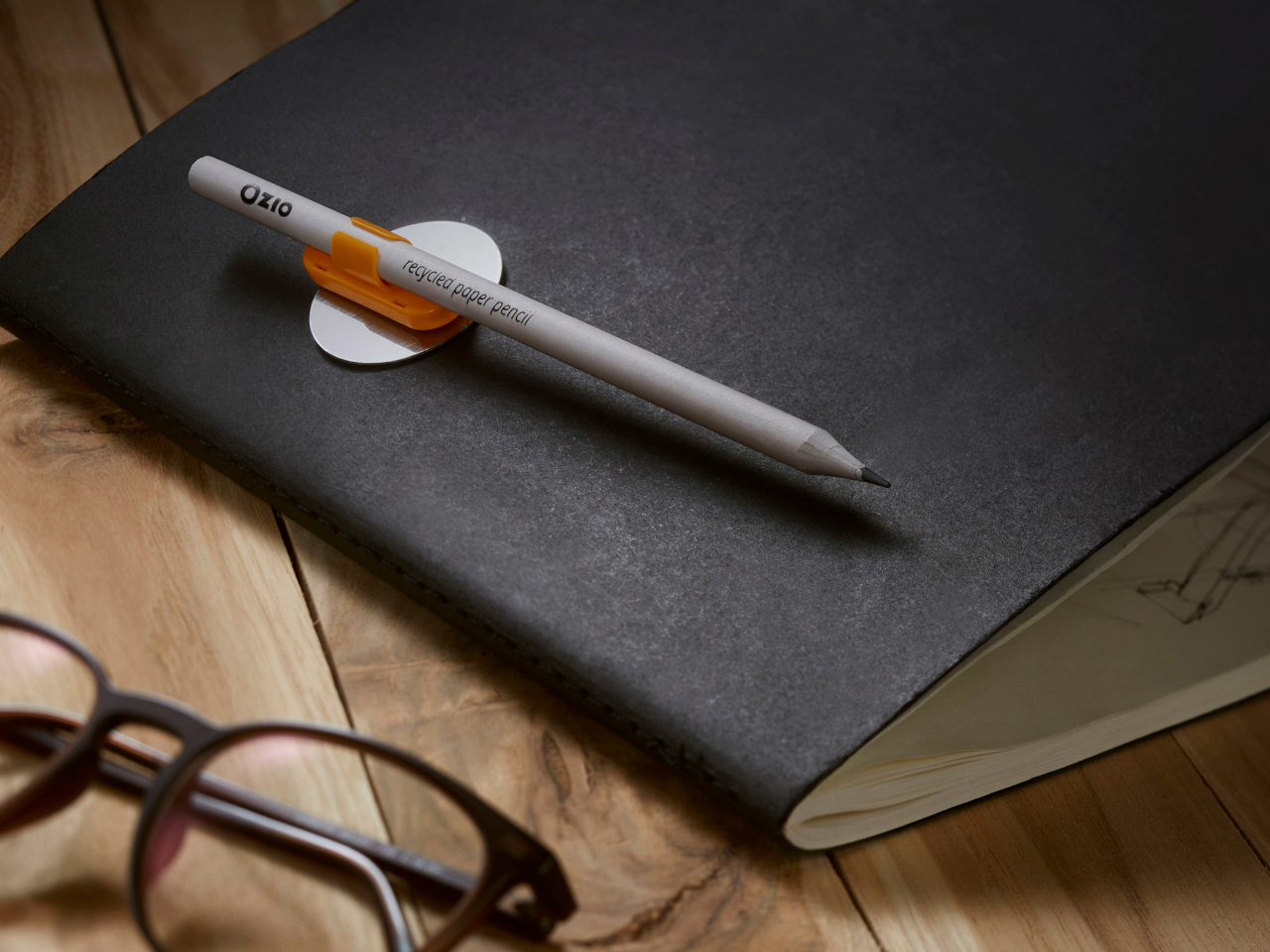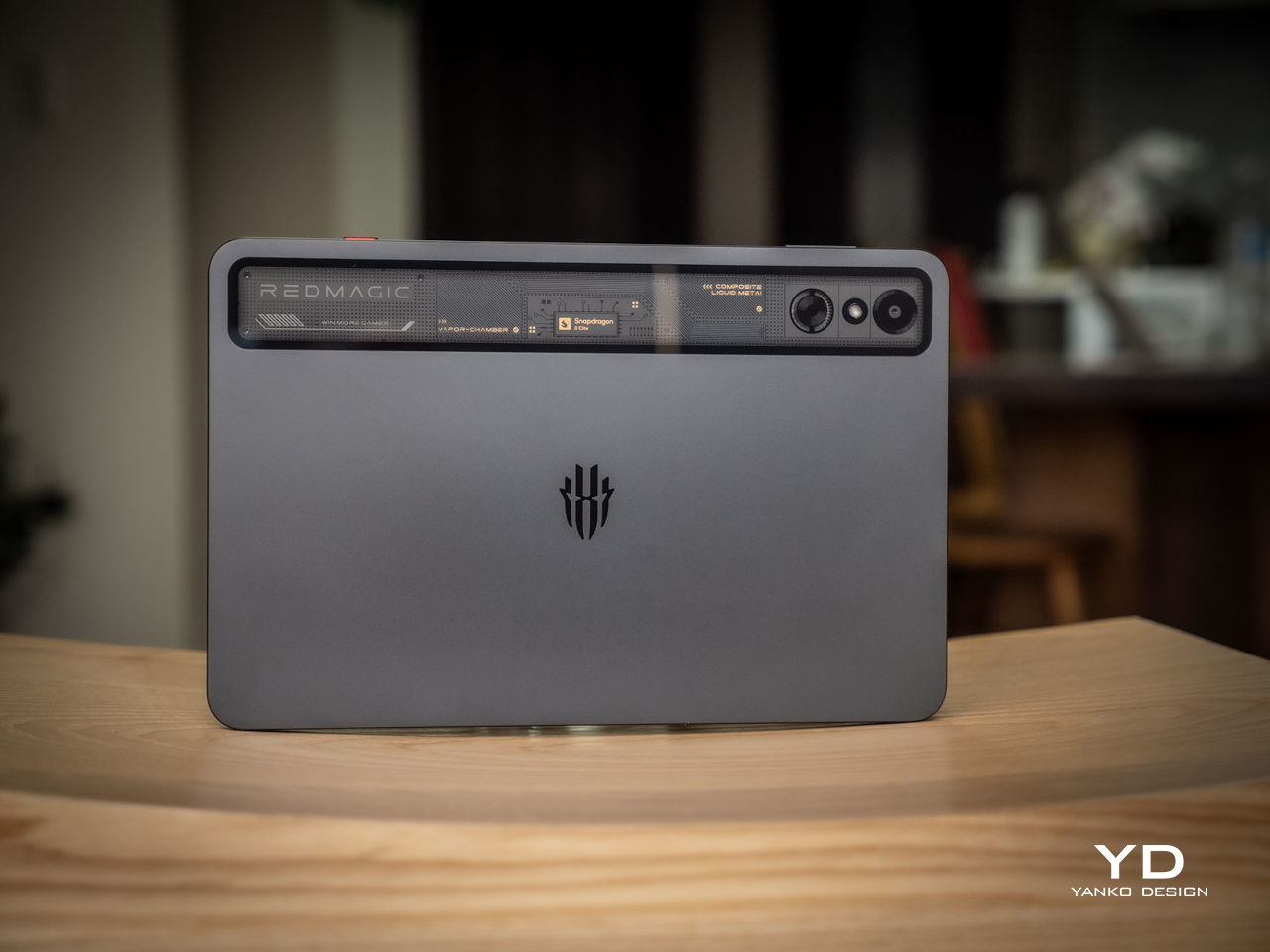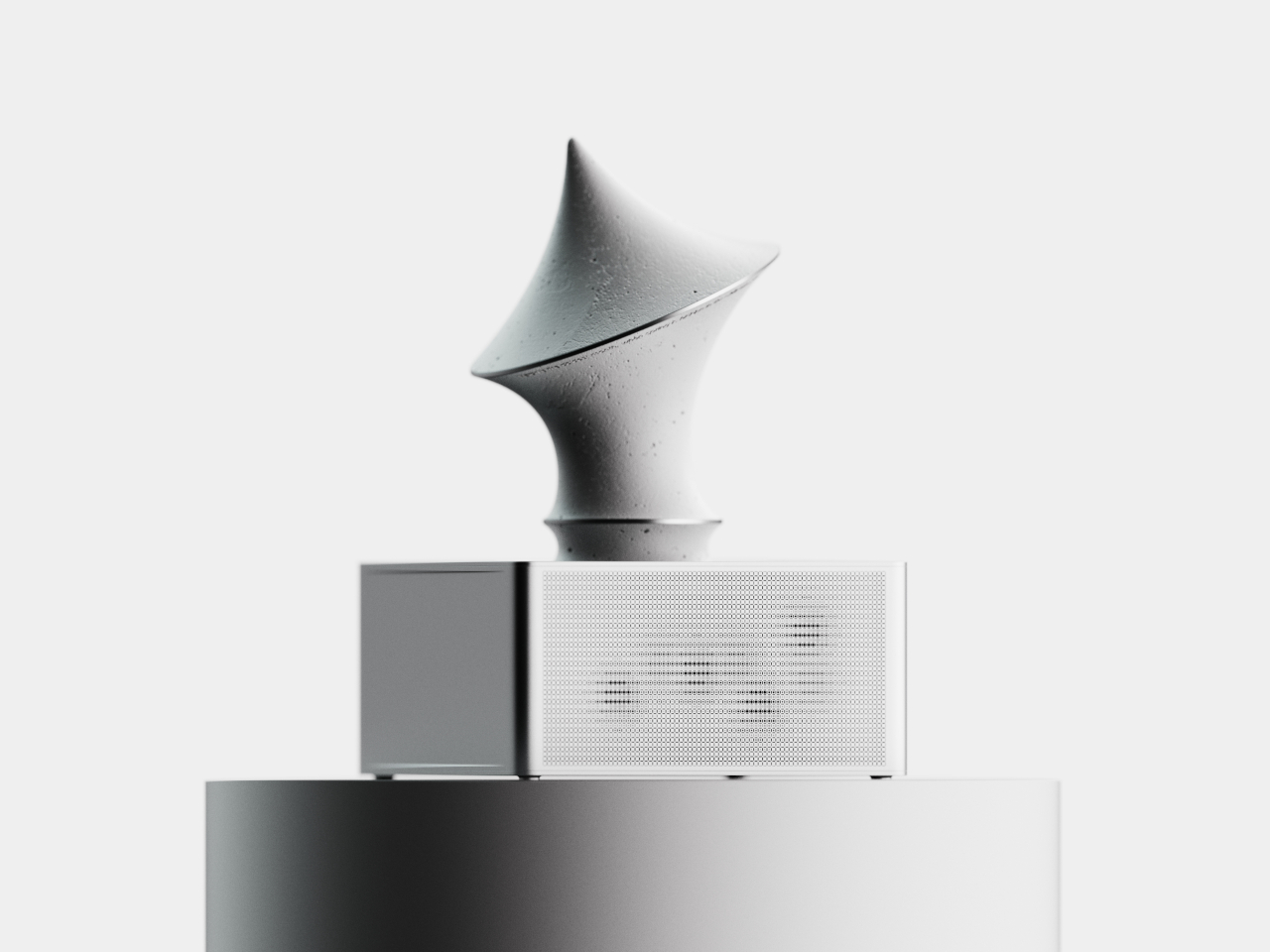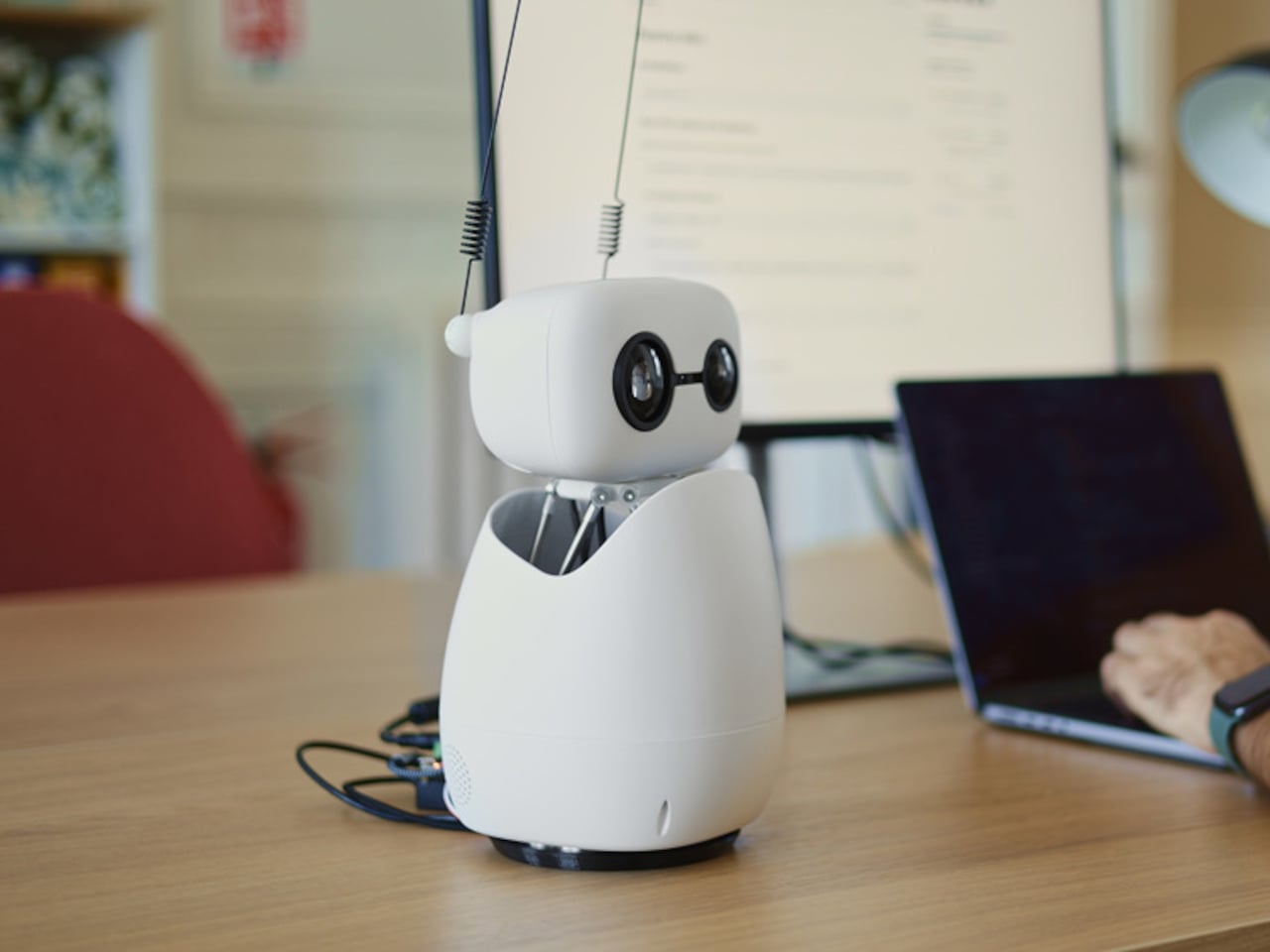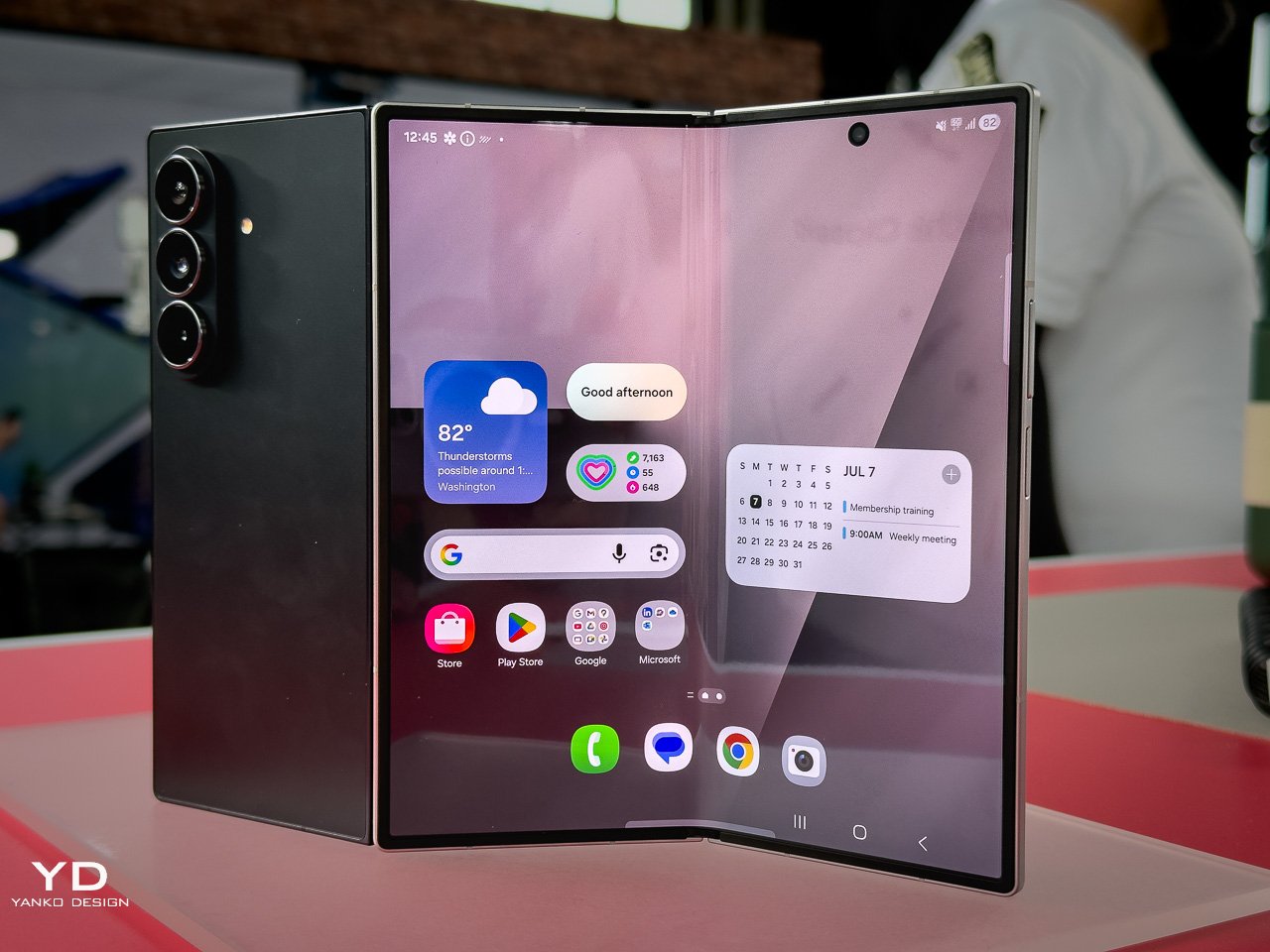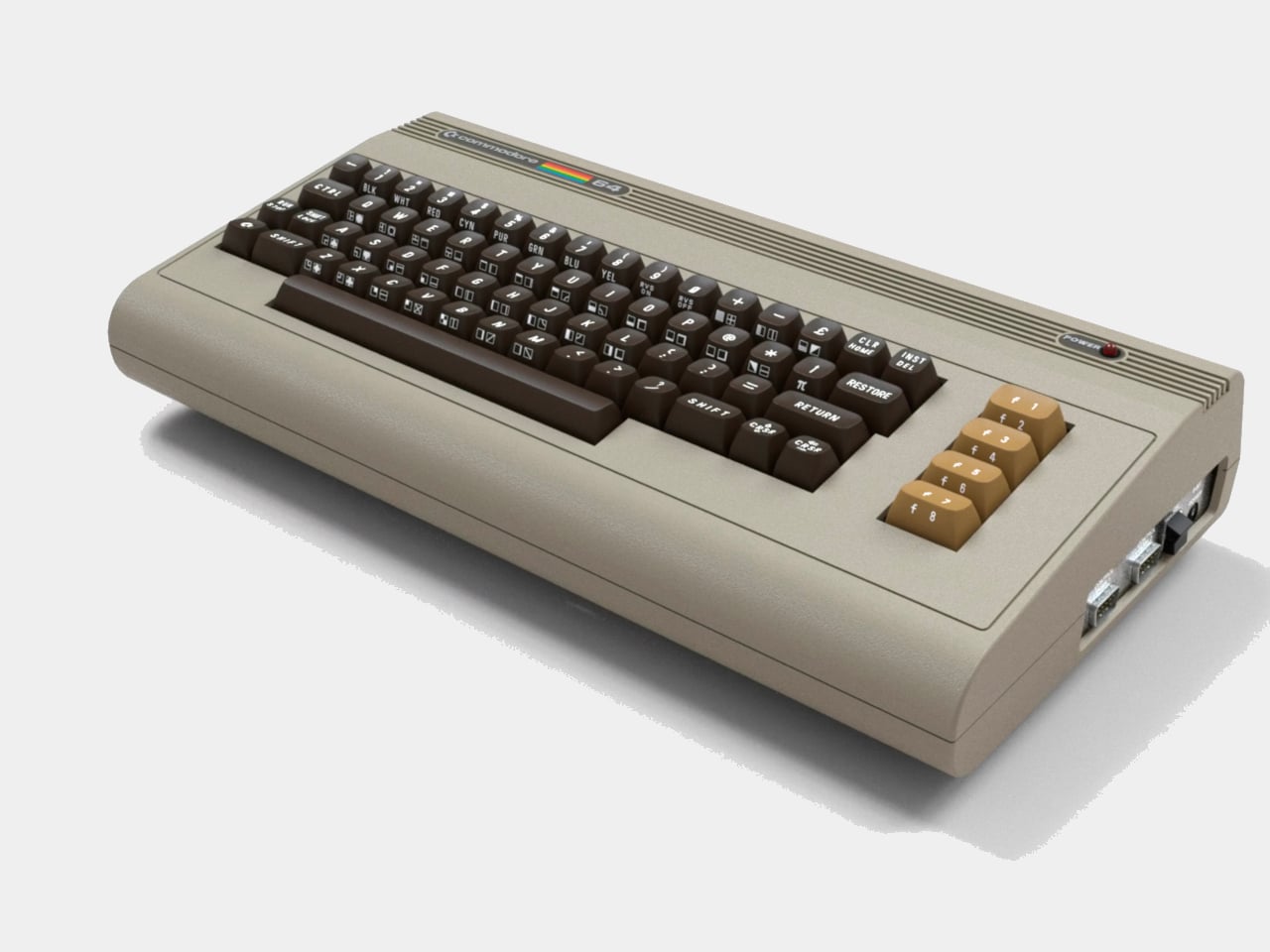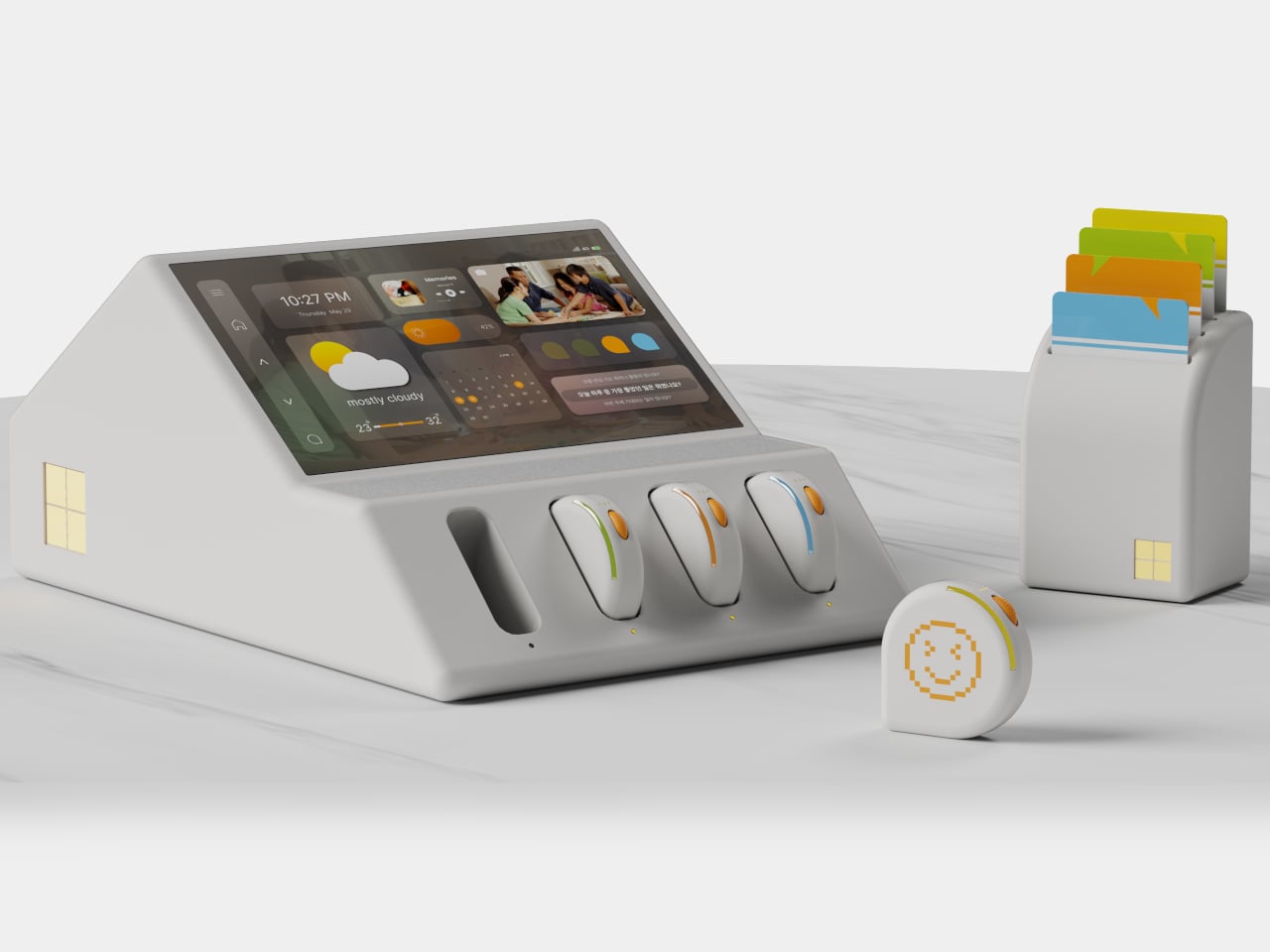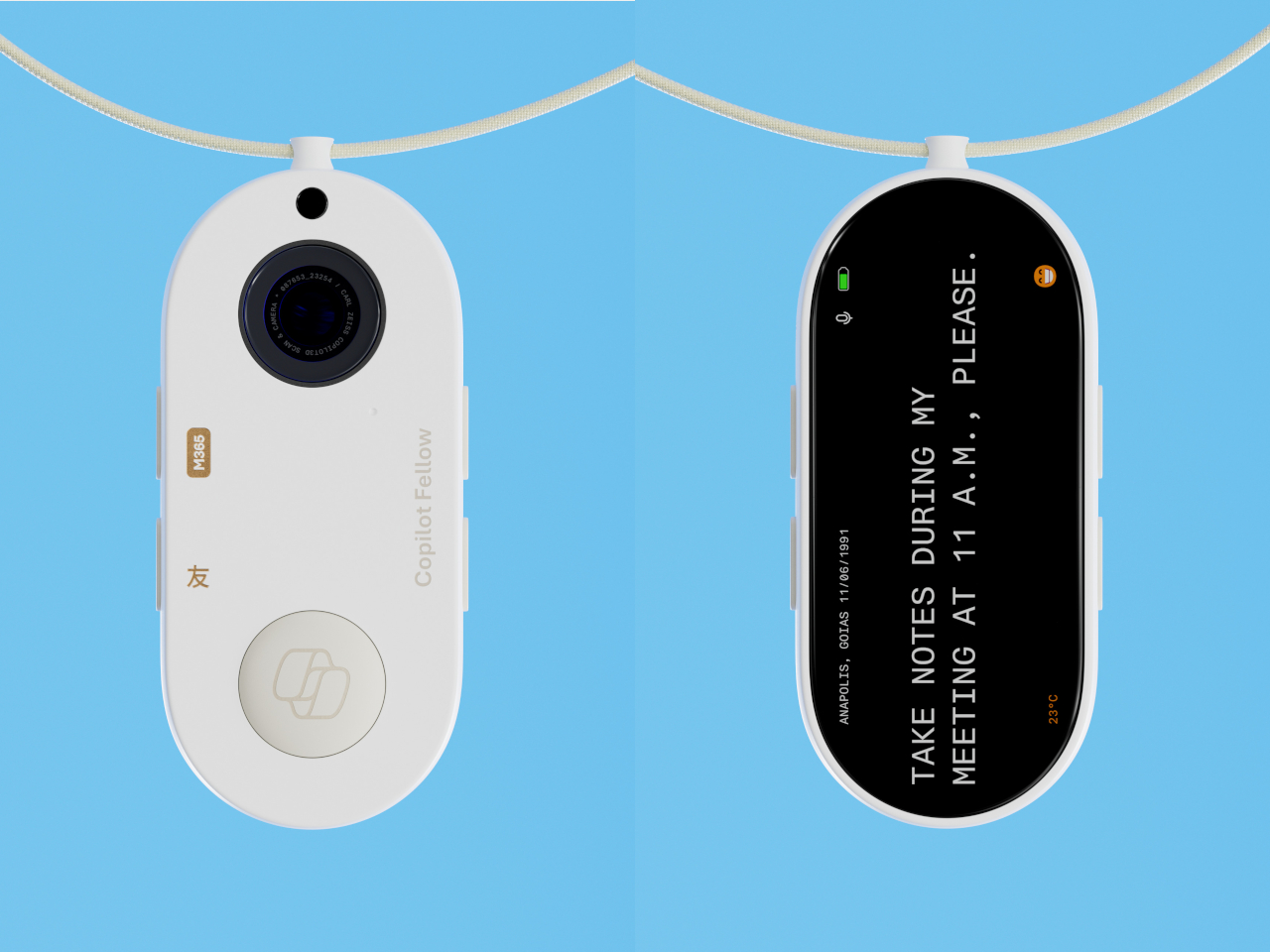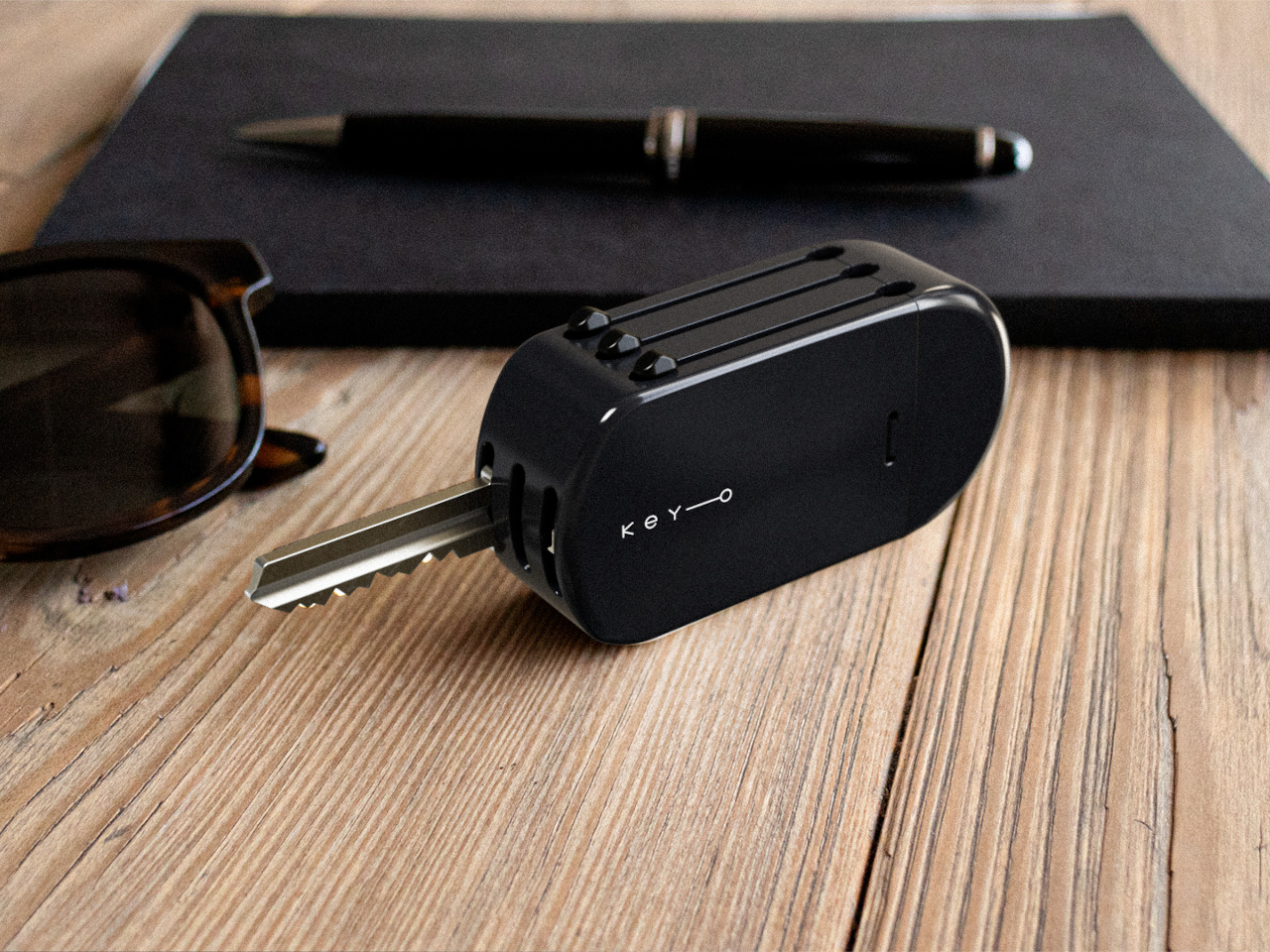PROS:
- Premium design with subtle gamer aesthetic.
- Off-center USB-C port allows comfortable gaming while charging.
- Impressive gaming performance and display quality.
- Large battery with fast charging speed.
CONS:
- Average camera performance.
- A bit expensive.
- Longevity concerns due to turbofan and software update support.
RATINGS:
SUSTAINABILITY / REPAIRABILITY
EDITOR'S QUOTE:
The REDMAGIC Astra Gaming Tablet delivers flagship gaming performance in a surprisingly elegant package.
Gaming tablets have always occupied this weird middle ground between smartphones and laptops, never quite knowing what they want to be. Most manufacturers either go full throttle with aggressive designs that look like they belong in a sci-fi movie, or they play it safe with boring slabs that could put you to sleep. The REDMAGIC Astra Gaming Tablet tries to walk this tightrope.
At 9.06 inches, the REDMAGIC Astra presents itself as something different, a gaming device that doesn’t scream for attention but whispers confidence instead. It’s compact enough to slip into a backpack without making you look like you’re carrying a small TV, yet powerful enough to handle whatever you throw at it. But does this tablet actually deliver on its promise of being both a serious gaming machine and a device you’d be proud to use in public? We give it a spin to find out.
Designer: REDMAGIC

Aesthetics
The REDMAGIC Astra represents one of those rare Android tablets that actually gets gaming aesthetics right without going completely overboard. While other gaming devices look like they were designed by someone who watched too many Transformers movies, the Astra opts for restraint. The flat design eliminates that annoying camera bump that makes tablets wobble on desks, creating clean lines that wouldn’t look out of place anywhere.
The “transparent” metal body sounds way cooler than it actually turns out to be. It’s basically just a small window at the top of the device, which is marketing speak for a tiny see-through section. But honestly, it works better than expected. This design choice adds just enough visual interest without making the tablet look like a prop from a cyberpunk movie. The aviation aluminum frame feels premium in your hands, giving you that satisfying weight that screams quality.

What really sets the REDMAGIC Astra apart are the configurable RGB lighting elements strategically placed on the REDMAGIC branding and within the turbofan assembly. Unlike those garish gaming laptops that light up like Christmas trees, these lights can be customized or turned off completely. You can match your mood, your setup, or just turn them off when you want to look professional during video calls. It’s that kind of flexibility that shows thoughtful design.
The color options are refreshingly simple, with Eclipse (black) and Starfrost (silver) variants that both look sophisticated. The flat design philosophy extends to every surface, creating a device that sits flush on tables and feels comfortable in your hands. Even the bezels, at just 4.9mm, manage to look intentional rather than cheap, framing the display without wasting precious screen real estate.

The overall aesthetic strikes that perfect balance between “I’m serious about gaming” and “I’m not embarrassed to use this in public.” It’s the kind of design that makes you want to show it off to friends, but not in a flashy way. The REDMAGIC Astra looks like it belongs in the hands of someone who knows what they’re doing, whether that’s dominating a mobile game or presenting in a boardroom.
Ergonomics
At 370 grams and just 6.9mm thick, the REDMAGIC Astra feels almost impossibly light for what it packs inside. You can easily hold this thing with one hand for basic tasks, though gaming naturally requires both hands for any serious action. The weight distribution feels perfectly balanced, preventing that awkward hand fatigue you get with poorly designed tablets during extended sessions.

The real genius lies in the off-center USB port placement, which might seem like a weird design choice until you actually start gaming. This positioning allows you to charge the tablet while playing in horizontal orientation without the cable getting in the way of your hands. It’s one of those small details that shows REDMAGIC actually thinks about how people use their devices in real life, rather than just making them look pretty.
Physical button placement follows conventional tablet wisdom, so you won’t spend time hunting for the power button or volume controls. The Magic Key adds a nice touch of customization, defaulting to Game Space access but letting you assign it to whatever function you use most. The surface textures on the aluminum frame provide just enough grip without making the device feel rough or cheap. Everything feels deliberate and well-considered.
Performance
The Snapdragon 8 Elite processor, boosted by REDMAGIC’s RedCore R3 Pro gaming chip, delivers the kind of performance that makes you forget you’re using a tablet. Real-world gaming tests show this thing can handle demanding titles without breaking a sweat, maintaining smooth frame rates even during those intense battle royale moments when everything’s exploding on screen. It’s the kind of power that makes other tablets look like toys.

The REDMAGIC Astra stands out as one of the few tablets with a built-in turbofan, complete with configurable speed settings. You can hear it working, but it’s not obnoxiously loud like some gaming laptops. The fan does its job keeping things cool, though the device still runs noticeably warm during intensive gaming sessions. It’s not uncomfortably hot, just warm enough to remind you there’s serious hardware working inside that aluminum frame.

The 2.4K OLED display with its 165Hz refresh rate makes everything look buttery smooth. Colors pop with that OLED richness that LCD screens just can’t match, and the high refresh rate means fast-paced games feel incredibly responsive. The 90.1% screen-to-body ratio creates an immersive experience that draws you into whatever you’re playing, while the 1,600 nits peak brightness ensures visibility even in bright sunlight.

Gaming performance really shines with features like frame interpolation technology that makes games look smoother than they actually are. The Game Space software provides quick access to performance tweaks, screen recording, and other gaming-focused tools without cluttering up the main interface. It’s the kind of thoughtful software integration that enhances the experience rather than getting in the way of what you’re trying to do.


Fast charging lives up to the hype, getting the massive 8,200mAh battery from zero to full in about 71 minutes when using the proper 35W charging brick. That’s genuinely impressive for such a large battery, and it means you’re not tethered to a wall outlet for hours when you need a quick top-up between gaming sessions. No wireless charging, though, which isn’t that unusual for a tablet.
The cameras do their job without trying to be something they’re not. The 13MP rear and 9MP front cameras handle video calls and casual photos adequately, which is exactly what you’d expect from a gaming-focused tablet. They’re not going to replace your smartphone camera, but they don’t need to. This tablet knows what it is and doesn’t pretend to be a photography powerhouse.
Sustainability
The integrated turbofan, while great for performance, introduces some legitimate concerns about long-term durability. Moving parts always represent potential failure points, and the IP54 rating provides only basic protection against dust and water. For a device with active cooling, you’d really want better protection against particles that could gum up the works over time. It’s a trade-off between performance and longevity.

The build quality appears solid, with premium materials that should withstand normal use without showing excessive wear. The aluminum frame and glass construction feel robust, though the specialized gaming features might require more careful handling than your average tablet. Repairability remains a question mark, especially regarding the cooling system and internal components that make this device special. That turbofan could become a costly repair down the line.
REDMAGIC hasn’t committed to any specific software update schedule for the Astra, which creates uncertainty about how long this tablet will stay current. Without guaranteed update timelines, you’re essentially gambling on the company’s goodwill for future Android versions and security patches. This approach feels outdated when other manufacturers are promising years of support for premium devices. It’s honestly disappointing for a tablet at this price point.
Value
Pricing starts at $499 for the 12GB RAM and 256GB storage model, jumping to $649 for 16GB/512GB and $849 for the top-tier 24GB/1TB configuration. These aren’t budget prices by any stretch, but they reflect the specialized hardware and premium materials packed inside. You’re paying flagship tablet money for flagship tablet performance, plus gaming-specific features you won’t find elsewhere in this form factor.


Compared to mainstream tablets in similar price ranges, the REDMAGIC Astra offers unique gaming-focused features that justify the premium. The active cooling, high-refresh OLED display, and gaming-optimized software provide value that generic tablets simply can’t match. If you’re serious about mobile gaming, these features become essential rather than nice-to-have extras. The question becomes whether you actually need what this tablet offers.
The device proves worth every penny for users who fully utilize its gaming capabilities and appreciate the thoughtful design choices. However, casual users looking for general tablet functionality might find better value in mainstream alternatives that prioritize different features. The REDMAGIC Astra succeeds as a specialized tool for dedicated mobile gamers willing to pay for performance and unique capabilities that you can’t get anywhere else.
Verdict
The REDMAGIC Astra Gaming Tablet successfully navigates the tricky balance between gaming functionality and mainstream appeal. Its thoughtful design choices, from the restrained aesthetics to the practical port placement, show a genuine understanding of what users actually want from a gaming tablet. While it’s not perfect, particularly regarding sustainability concerns and premium pricing, the device delivers on its core gaming promises with surprising style and sophistication.

For design-conscious users seeking serious mobile gaming performance, the REDMAGIC Astra represents a compelling option that doesn’t compromise aesthetic sensibilities. Its combination of premium materials, thoughtful ergonomics, and powerful hardware creates a device that feels equally at home in professional environments and gaming setups. The REDMAGIC Astra proves that gaming devices can be both functional and beautiful, setting a new standard for what portable gaming should actually look like.
The post REDMAGIC Astra Gaming Tablet Review: Compact Power, Premium Design first appeared on Yanko Design.
![]()
![]()
![]()
![]()
![]()
![]()
![]()
![]()
